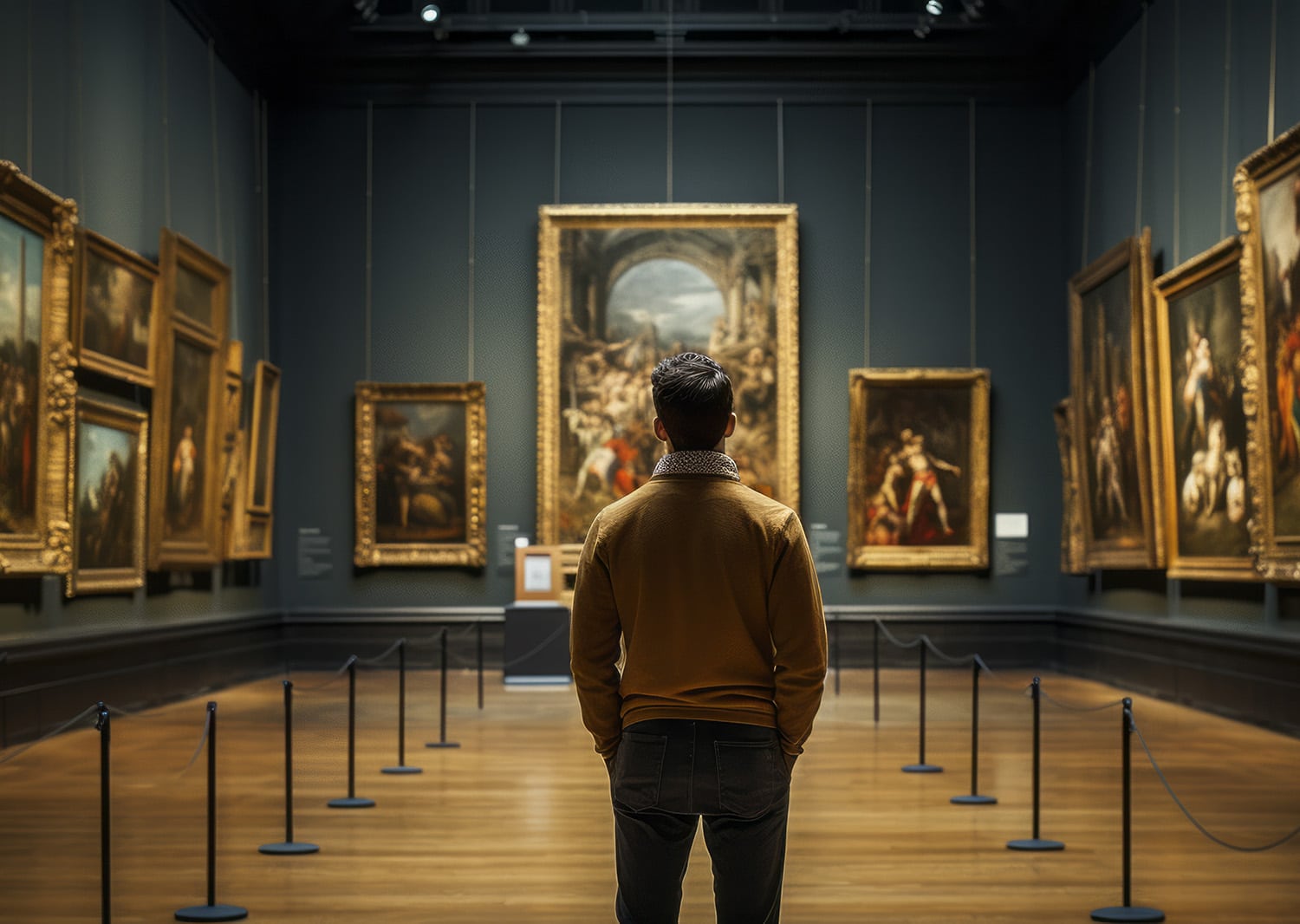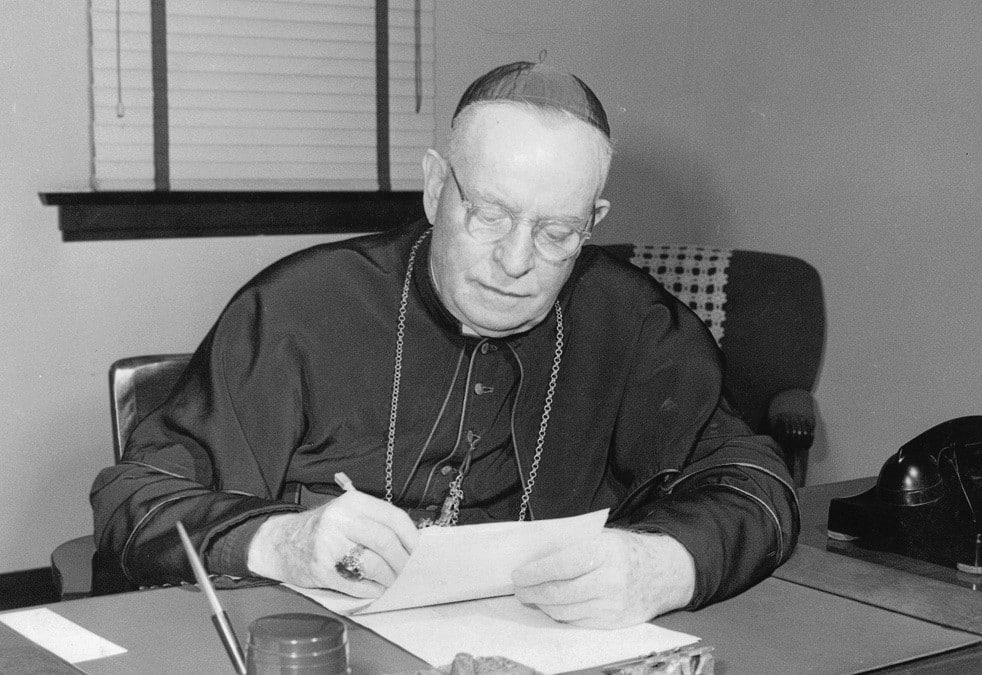When I taught undergraduate theology some years ago, I would begin a class session by asking for a show of hands of each student who agrees with the statement, “Beauty is in the eye of the beholder.” Without fail, every student in the room would shoot up a hand. In mock astonishment, I would lightheartedly observe, “I didn’t know I had a classroom full of atheists.”
Of course, most of my students were not atheists; indeed, many were devout and faithful Christians. But, at least to this point in their lives, they had not considered judgments of beauty as anything other than expressions of individual taste or preference. In part this was a failure of the education that they had received. They had never been challenged to consider the possibility that beauty corresponds to something that is true about the world — about a reality that exists outside the preferences of individual persons. “Beauty,” they implicitly believed, is the word we use to describe a song, painting or novel that strikes our fancy. Beauty does not account for any intrinsic quality of a piece of art, they thought, but only our reaction to it. It is a wholly subjective expression of nothing other than individual taste.
We need to talk about beauty
My students were not unique in this belief. It is broadly assumed that “beauty is in the eye of the beholder.” But if that is true, it necessarily implies that one cannot have a rational discussion of what constitutes beauty and what does not. Indeed, to say that beauty is in the eye of the beholder is the same as saying, “there is no such thing as beauty.” More importantly, to claim that judgments of beauty correspond to nothing other than subjective taste is to deny the very reality of an orderly creation. If nothing is truly beautiful, then the world is not rational. And it goes without saying that this is a denial of the Catholic Christian doctrine of creation. With truth and goodness, beauty is one of the “three transcendentals” that characterize God’s orderly creation. They stand or fall together.
In his recent “Letter on the Role of Literature in Formation,” Pope Francis eloquently addresses the role of art in the life of faith, using novels and poetry as his examples. While the letter is chiefly concerned with literary forms of artistic expression, the pope situates his analysis in a broader discussion of the role that art plays in conveying the truth that is communicated by beauty. “The Church … has learned how to display all her beauty, freshness and novelty in her encounter … with different cultures in which her faith has taken root,” Francis observes. Experiences of various art forms “allow us to explore more deeply the polyphony of divine revelation without impoverishing it,” he continues.
Pope Francis adroitly explains that art and beauty not only express the truth about creation, but also help us to see the world more deeply and truthfully. This, I think, is the key to discerning what is truly beautiful and what is not — the key to unlocking the objective nature of beauty.
We need to talk about art
Specifically related to literature, the pope explains that art “enables us to realize the immense distance that separates the totality of human experience from our own perception of it.” Thus, literature challenges us to “experience life as it is.” It “teaches us how to look and see, to discern and explore the reality of individuals and situations as a mystery charged with a surplus of meaning.” Art “is not relativistic; it does not strip us of values.”
Art “serves to interpret life,” continues Pope Francis, “to discern its deeper meaning and its essential tensions.” This is true even of art that shocks or offends. “The symbolic representation of good and evil, of truth and falsehood … does not dispense from moral judgment but prevents us from blind or superficial condemnation.” He continues, “In reading about violence, narrowness or frailty on the part of others, we have an opportunity to reflect on our own experiences of these realities.” Literature “teaches us patience in trying to understand others, humility in approaching complex situations, meekness in our judgment of individuals and sensitivity to our human condition.” Put another way, art enables us to see the world truthfully.
Of course, none of this is to deny the legitimacy of expressions of taste or artistic preferences. Not everyone will agree about what constitutes beauty, or the truth-claims that artistic expressions attempt to make. Beauty as realistic representation of the world does not foreclose good-faith arguments about what is and is not truly beautiful. But this discussion must be conducted within an acknowledgement that if nothing is beautiful, neither is anything true. We can disagree about this or that poem, painting, novel or play. But, if we are Catholic Christians, we must agree that such artistic works either do or do not correspond with the real world.
Beauty is not in the eye of the beholder. Rather, it is one means by which we experience the fullness of truth. This is the objective nature of beauty. It helps us to see the world as God sees it, in all its inexhaustible splendor. Beauty is in the eye of God; the purpose of our eyes is to discover and enjoy it.







